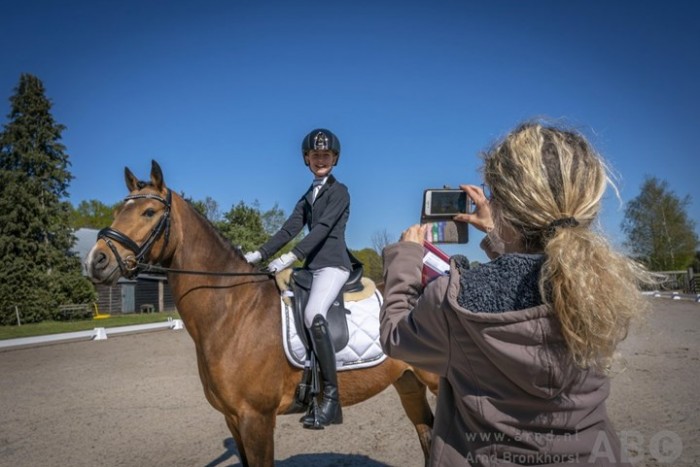
Protective and Risk Factors in (amateur) equestrians
From working to riding horse. There has changed a lot in equestrian sport if you compare it to the past. The researchers of this article examined at what influences there are to injury risk, both protactive and risk factors. In this article it is shown that having a lot of experience and having a riding diploma has an influence on the reduction of injuries. They recommend equestrians and their instructors to focus more on horse riding education.
Statistics show that equestrian sport has just as many (serious) injuries as motorcycling, skiing or rugby. The researchers examined the equestrians who went to the emergency room in Bern from 2000 to 2006. Because of the costs incurred by equestrians, the researchers wanted to take a look on what could influence the prevention of injuries. They wanted to map the risk of injuries.
The researchers of this article focused on both the equestrian (gender, years of experience, equestrian qualifications) and the horse (age, gender and race). They also examined whether the equestrians wore a cap or other protection
The type of horse had little influence on the development of injuries. What they did found is that equestrains with more years of riding experience and those with a diploma in equestrian sports were less likely to be injured. Equestrians with more than one diploma were less injured than the equestrians with only one diploma.
This article concluded that horse riding theory is important in the prevention of injuries, as well as the riding experience.
Do you have a diploma in horse riding theory?
> From: Hasler et al., J Trauma Manag Outcomes 5:4 (2011) 8. All rights reserved to Licensee BioMed Central. Check the Anatomy & Physiotherapy website for the link to the Pubmed summary.
(Image(s) by: Manege de Stap, KNHS)


